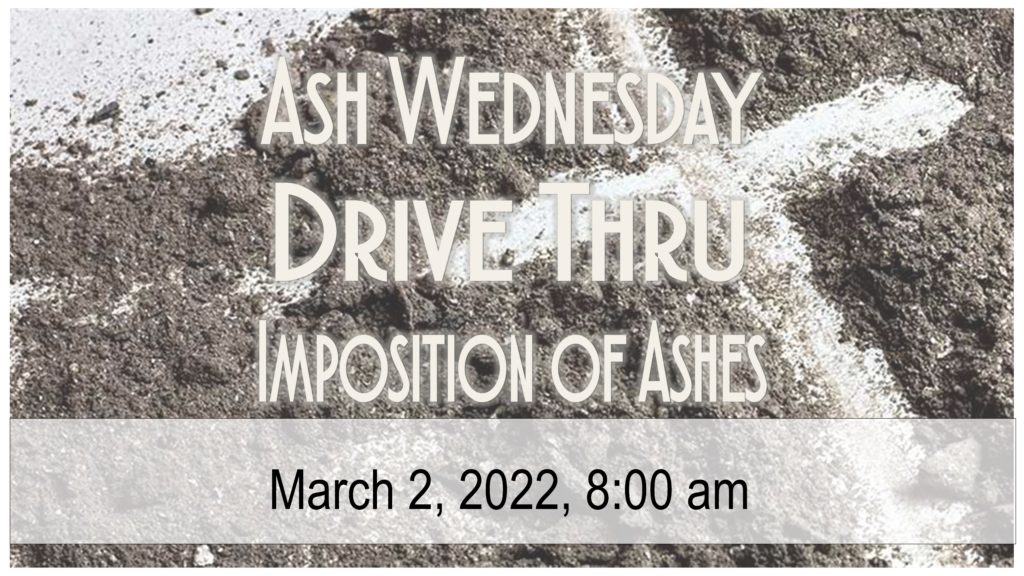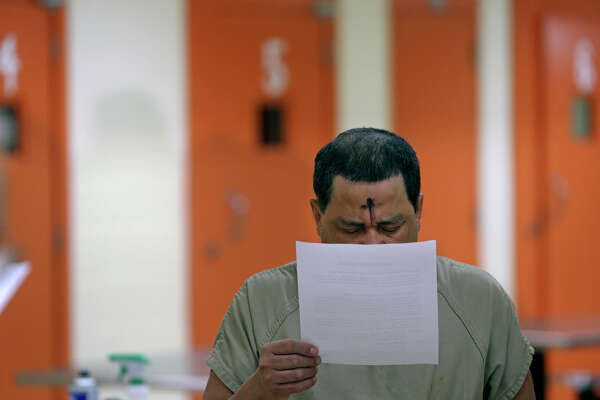

When the prophet Daniel shamefacedly clothed himself in sackcloth and ashes, they were a sign of his people’s contrition for their rebellion, wickedness and treachery (Daniel 9:3). Death may come sooner, or it may come later, but it will surely come.Īnd if death is coming, we need to be prepared, and the time to prepare for death is now, and the way to prepare is to live according to God’s ways. Ashes are an ominous sign, and we use them on Ash Wednesday to remind ourselves of our own impending deaths. Jeremiah described death as a “valley of corpses and ashes” (Jeremiah 31:40). Then, in a Communion-like procession, people are invited to come forward, and the ashes are applied to each person’s forehead in the shape of a cross as the minister says either, “Turn away from sin and believe in the Gospel” (Mark 1:15), the usual prayer, or “Remember that you are dust, and unto dust you shall return” (Genesis 3:19), the older, more traditional invocation.Īshes symbolize two main things in the Old Testament.Īshes are equivalent to dust, and human flesh is composed of dust or clay (Genesis 2:7), and when a human corpse decomposes, it returns to dust or ash.įor example, Abraham told God, “I am but dust and ashes” (Genesis 18:27), a reference to his human mortality.

The ashes are blessed by the priest during the Ash Wednesday Mass after the homily. The palms are burned, the ashes collected and then crushed into a fine, sooty powder and placed into bowls.

The ashes come from a previous Palm Sunday. The ceremony is distinctive there is no liturgical action like it throughout the entire church year. The imposition of ashes is a solemn ritual that signals the beginning of the holy season of Lent. Bartholomew in Wayzata, that first appeared in 2008 in The Catholic Spirit. The following is a condensed version of an article by Father Michael Van Sloun, pastor of St. A man receives ashes on his forehead during an Ash Wednesday service in this file photo.


 0 kommentar(er)
0 kommentar(er)
